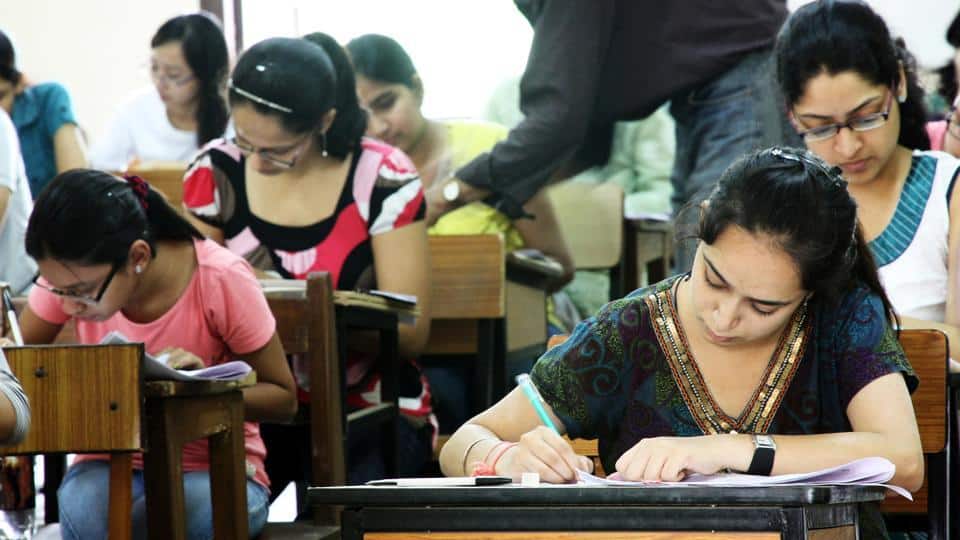Contrary to popular opinion that India is the land of merrymaking and celebrations, there has been a significant dip in India’s ranking in the World Happiness Report over the past few years. We examine the reasons behind this at the university level.
The World Happiness Report is an annual publication by the United Nations Sustainable Development Solutions Network (SDSN) which has been impaneled with the charge of calculating the rankings of national happiness and analysing the data from various perspectives.
The 2018 World Happiness report was released on 14th March. Finland was crowned as the happiest country out of the 156 countries that were surveyed. India’s ranking has dipped further in Global Happiness Index, in comparison to previous years. The parameters used to evaluate the levels of happiness were GDP, per capita income, social support, healthy life expectancy, social freedom, generosity, and absence of corruption. India’s ranking was far behind from other neighboring countries such as Pakistan (75th), Nepal (101st), and Bangladesh (115th), to name a few.
As we know that university spaces are simulations of the real world, it is prudent to examine the happiness index from the perspective of colleges and universities in India.
Financial inequality and sharp economic disparity among the population has long haunted India. People living in equal societies are happier. Similarly, students hail from different strata of financial strength. There is sharp incongruity on financial lines among students. This might evoke a sense of insecurity among students.
Home to a population of 1.3 billion people and growing, an entry in premier education institutions necessitates vicious competition among students, thereby evoking acute stress. Meeting high expectations from society and family becomes difficult which renders students helplessness. A majority of the students don’t feel satisfied with their course or college.
Lack of proper infrastructure in the field of education is also a biting factor when compared to counterparts in the foreign countries. Students don’t get the required machinery in the country to hone their skills before they go out seeking jobs.
Campus spaces have become increasingly unsafe for women and for the students who have little offbeat opinion. Cases of harassment are on rise. India can never be happy if 50% of the population is always on an alert or alarmed and don’t feel secure. All of these make way for a public perception that women’s safety has not ameliorated since the indignation following the Nirbhaya case in 2012.
Despite making progressive strides on the health front, the mental health has been left largely unaddressed. The government spends 0.06 per cent of its total health spending on mental care. The same situation corresponds to our universities and colleges; students facing mental health issues don’t find the proper affordable treatment for it.
One might argue that the sample size for the concerned survey was very small when compared to a 1.3 billion population, but visibly things are not at right place and the entire country has been painted grim. The NDA government needs to consider this report as an indicator of the youth’s falling trust for the current government.
Feature Image Credits: Hindustan Times
Sandeep Samal

